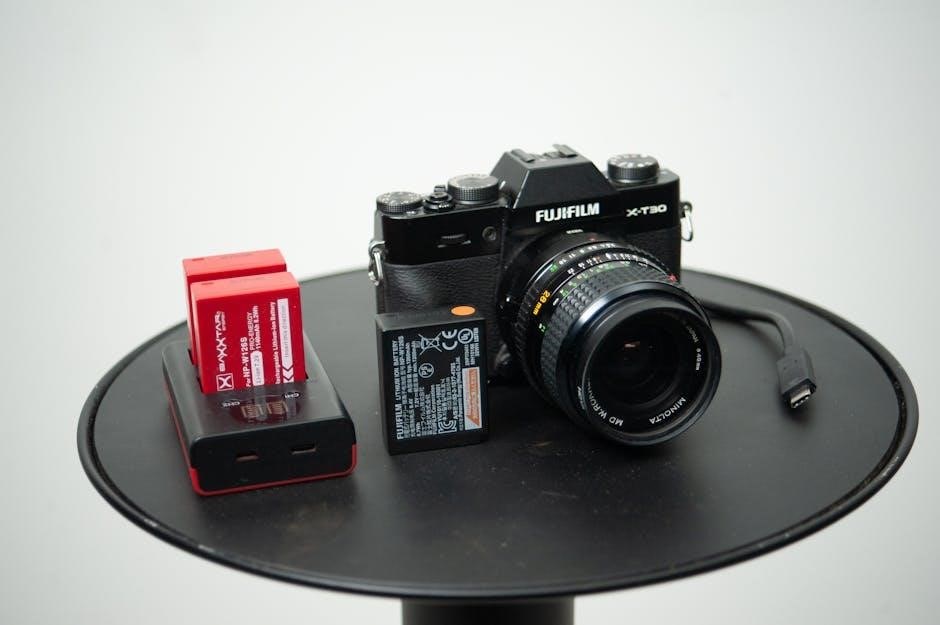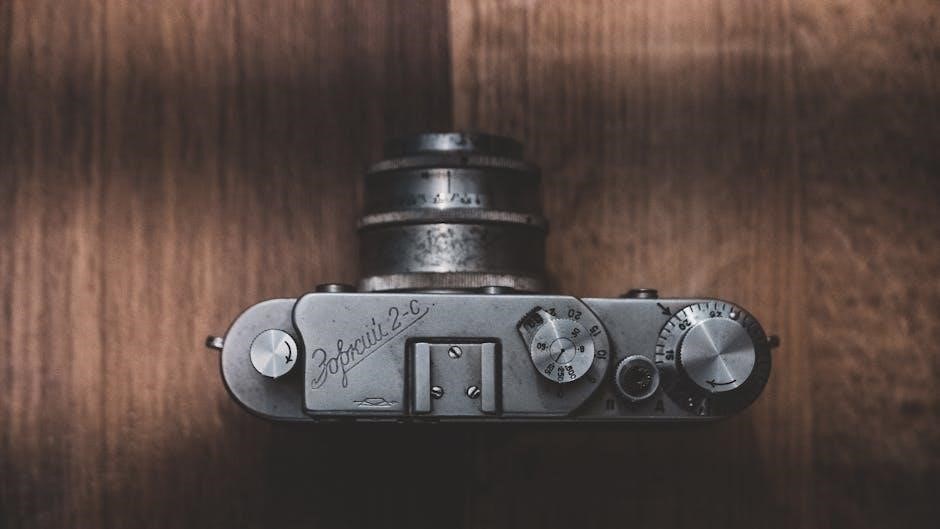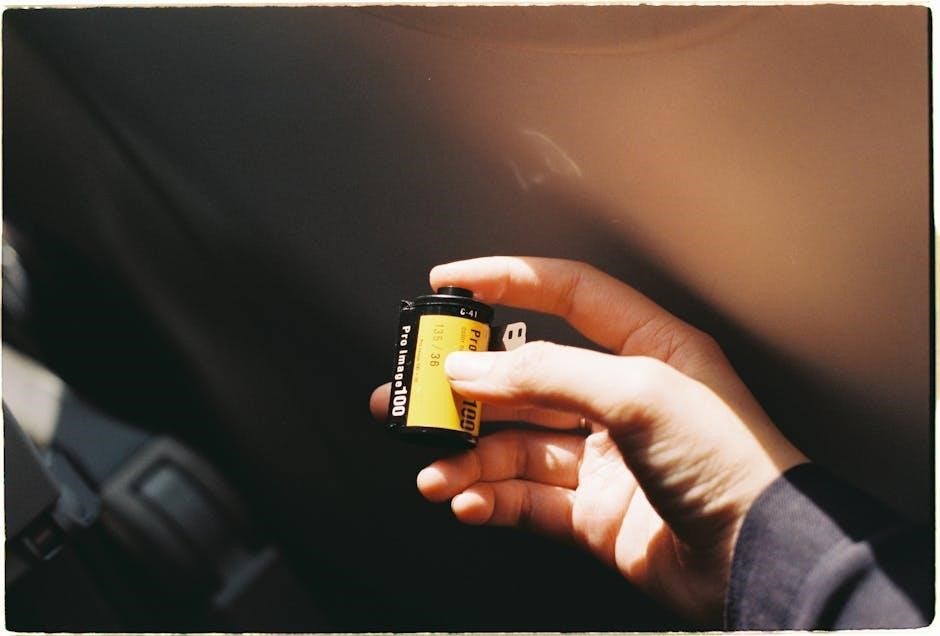CTEK Charger Manual: A Comprehensive Guide
Welcome to your comprehensive guide to CTEK charger manuals. This resource is designed to help you navigate the intricacies of your CTEK charger. It ensures optimal performance and longevity. CTEK chargers are known for their advanced technology and user-friendly design. Let’s delve into the world of CTEK!
CTEK chargers represent the pinnacle of battery charging technology, offering a range of solutions for various battery types, including lead-acid and lithium-ion. These chargers are designed with user-friendliness in mind. CTEK chargers are fully automatic. They ensure your battery is charged efficiently and safely. CTEK chargers are included in a series of professional chargers from CTEK SWEDEN AB. They represent the latest technology in battery charging.
CTEK chargers are known for their low back current, voltage, and charging current quality. CTEK chargers adapt automatically to various battery types and optimize the charging process. CTEK offers a professional customer support: www.ctek.com. The CTEK chargers are designed for professional battery care. CTEK chargers come with advanced control, but some errors in the battery could exist. The CTEK charger protects against damage to the battery.
The CTEK chargers are for young children or people who cannot read or understand the manual unless they are under the supervision of a responsible person to ensure that they can use the battery charger safely. Store and use the battery charger out of the reach of children, and ensure that children cannot play with the charger.

Understanding Your CTEK Charger Model
To maximize the benefits of your CTEK charger, it’s crucial to understand its specific model and features. Each CTEK charger is designed with unique capabilities tailored to different battery types and charging needs. Start by identifying the model number, usually found on the charger’s label or packaging. Once you have the model number, locate the corresponding manual.
The manual provides detailed information about the charger’s specifications, charging programs, and indicator lights. Familiarize yourself with the different charging modes. These can include normal, AGM, reconditioning, and supply modes. Understanding these modes will allow you to select the optimal charging program for your battery type and condition. Pay close attention to the charger’s input voltage and output current to ensure compatibility with your battery.
Note any special features your model offers, such as temperature compensation or adaptive charging. These features enhance the charging process and protect your battery from overcharging or damage. By thoroughly understanding your CTEK charger model, you can ensure safe and efficient battery maintenance.
Safety Precautions When Using a CTEK Charger
Prioritizing safety is paramount when operating any battery charger, including CTEK models. Always read and understand the safety instructions outlined in your CTEK charger manual before use. Ensure the charger is used in a well-ventilated area, away from flammable materials and explosive gases. Batteries can produce explosive gases during charging. So, adequate ventilation is crucial to prevent accidents.
Inspect the charger’s cables and clamps for any signs of damage before each use. Damaged cables can pose a risk of electric shock or fire. Never attempt to use a charger with frayed or exposed wires. Connect and disconnect the charger only with dry hands. This minimizes the risk of electrical hazards. Always disconnect the charger from the mains before disconnecting the battery clamps.
Avoid charging frozen batteries, as this can lead to damage or explosion. Do not place the charger directly above the battery during charging, as gases can corrode it. Keep the charger away from children and ensure they cannot play with it. Following these safety precautions will ensure a safe charging experience with your CTEK charger.
Connecting the CTEK Charger to the Battery
Properly connecting your CTEK charger to the battery is essential for safe and efficient charging. Always consult your CTEK charger manual for specific instructions related to your model. Before connecting, ensure the charger is disconnected from the mains power supply. Identify the battery terminals: positive (usually marked with a “+” sign or red color) and negative (marked with a “-” sign or black color).
Attach the red (positive) clamp of the CTEK charger to the positive terminal of the battery. Then, connect the black (negative) clamp to the negative terminal of the battery. Ensure a secure and firm connection. For batteries installed in vehicles, connect the negative clamp to the vehicle chassis or engine block, away from fuel lines or brake lines. This minimizes the risk of sparks igniting flammable substances.
Double-check that the connections are correct and secure. Incorrect connections can damage the charger or the battery. Once connected, you can plug the CTEK charger into the mains power supply. Follow the charging program selection process as detailed in your CTEK charger manual.
Charging Programs and Modes
CTEK chargers offer a variety of charging programs and modes tailored to different battery types and charging needs. Understanding these programs is crucial for optimal battery care. Consult your CTEK charger manual to identify the specific programs available on your model. Common modes include Normal, AGM, Recond, and Supply.
The Normal mode is suitable for most lead-acid batteries, providing a standard charging cycle. AGM mode is designed for Absorbed Glass Mat batteries, offering a charging profile that maximizes their performance and lifespan. Recond mode is a special function for deeply discharged batteries, helping to recover their capacity and performance.
The Supply mode allows the charger to act as a power supply, maintaining a constant voltage to the battery. This is useful when the battery is being used to power devices for extended periods. Selecting the appropriate charging program ensures that your battery receives the correct charging voltage and current, preventing overcharging or undercharging.

Always refer to your CTEK charger manual for detailed explanations of each mode. It also includes recommendations for specific battery types. Incorrect mode selection may reduce battery life.
Interpreting the Charger’s Indicators and Lights
CTEK chargers utilize a system of indicators and lights to communicate the charging status and any potential issues. Understanding these signals is essential for monitoring the charging process and ensuring proper operation. Your CTEK charger manual provides a detailed explanation of each indicator and light pattern specific to your model.
Typically, the charger will have indicators for power, charging progress, and error conditions. The power indicator confirms that the charger is connected to a power source. Charging progress indicators show the current stage of the charging cycle, such as bulk, absorption, or float. Error indicators alert you to any problems, such as reverse polarity or a faulty battery.
Different colored lights or flashing patterns often indicate different states. For instance, a solid green light might signify a fully charged battery, while a flashing red light could indicate an error. Always consult your CTEK charger manual to accurately interpret the meaning of each indicator.
Ignoring these indicators can lead to improper charging or potential damage to the battery or charger. By carefully observing the lights and referring to your manual, you can ensure a safe and effective charging process.
Maintenance and Care of Your CTEK Charger
Proper maintenance and care are crucial for extending the life and ensuring the reliable performance of your CTEK charger. Regular cleaning and careful handling will help prevent damage and maintain optimal functionality. Always disconnect the charger from the power source before performing any maintenance.
To clean your CTEK charger, use a soft, dry cloth to wipe away any dust or dirt. Avoid using harsh chemicals or solvents, as these can damage the plastic casing. Inspect the cables and connectors regularly for any signs of wear or damage. Replace any damaged cables immediately to prevent electrical hazards.
Store your CTEK charger in a cool, dry place when not in use. Avoid exposing the charger to extreme temperatures or humidity. Do not wrap the cables tightly around the charger, as this can cause them to crack or break. Instead, coil the cables loosely and secure them with a cable tie.
Handle your CTEK charger with care. Avoid dropping or subjecting it to excessive force. If your charger sustains damage, do not attempt to repair it yourself. Contact CTEK support or an authorized service center for assistance. By following these simple maintenance tips, you can keep your CTEK charger in excellent condition for years to come.
Troubleshooting Common Issues
Even with their advanced technology, CTEK chargers can sometimes encounter issues. Here’s how to tackle common problems. If your CTEK charger fails to start, first ensure it’s properly connected to both the battery and a functioning power outlet. Check the power indicator light; if it’s off, the charger isn’t receiving power.
If the charger starts but displays an error message, consult your CTEK charger manual. This message usually indicates a specific problem, such as incorrect polarity or a faulty battery. Double-check that the positive and negative clamps are correctly attached to the battery terminals. A reversed connection will prevent charging and trigger an error.
Another common issue is slow or incomplete charging. This could be due to a sulfated battery, which reduces its capacity to accept a charge. CTEK chargers often have a desulfation mode that can help restore battery performance. Select this mode and allow the charger to run its cycle.
If the charger frequently restarts or cycles, it might indicate a problem with the battery itself. A battery with a shorted cell or severe damage may not be able to hold a charge. In such cases, consider having the battery tested or replaced by a professional. If problems persist, contact CTEK support.
Warranty and Support Information
CTEK chargers come with a warranty to protect against manufacturing defects. The duration of the warranty varies depending on the model and region, so it’s essential to check the specific warranty terms included with your charger. Generally, CTEK offers a limited warranty covering defects in materials and workmanship.
If your CTEK charger malfunctions within the warranty period, you’re entitled to repair or replacement, subject to the warranty conditions. To initiate a warranty claim, you typically need to provide proof of purchase, such as a receipt or invoice. Contact CTEK’s customer support or an authorized service center to begin the process.
CTEK provides comprehensive customer support through various channels. You can find helpful information, including FAQs, troubleshooting guides, and user manuals, on their official website. For direct assistance, CTEK offers email and telephone support. Their support team can assist with technical issues, warranty inquiries, and general product questions.

Before contacting support, gather your charger model number and a detailed description of the problem you’re experiencing. This will help the support team diagnose the issue and provide the most effective solution. CTEK’s commitment to customer satisfaction ensures you receive prompt and reliable assistance.
Finding the Right CTEK Charger Manual for Your Model
Locating the correct CTEK charger manual for your specific model is crucial for optimal usage and safety. CTEK offers a diverse range of chargers, each with unique features and operating instructions. The most reliable source is CTEK’s official website, which hosts a comprehensive library of manuals in PDF format.
To find your manual, start by identifying the model number of your charger. This is typically printed on a label affixed to the charger itself. Once you have the model number, navigate to the “Support” or “Downloads” section of the CTEK website. Use the search function or browse the list of available manuals to locate the document corresponding to your model.
Alternatively, you can try searching online using the charger model number followed by “user manual” or “owner’s manual.” This may lead you to CTEK’s website or other reputable sources hosting the manual. Be cautious of downloading manuals from unofficial websites, as they may contain outdated or inaccurate information.

CTEK manuals contain essential information, including safety precautions, operating instructions, charging modes, troubleshooting tips, and warranty details. Familiarizing yourself with the manual ensures you use your charger correctly and safely. Keep a copy of the manual readily accessible for future reference.
